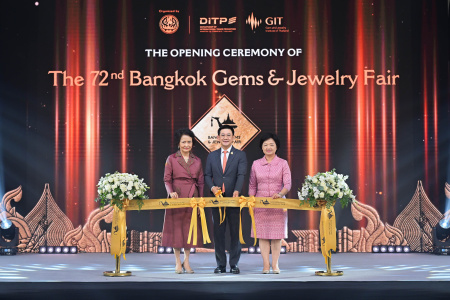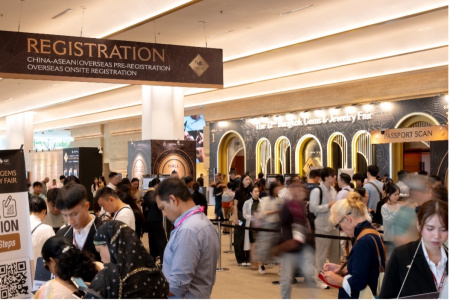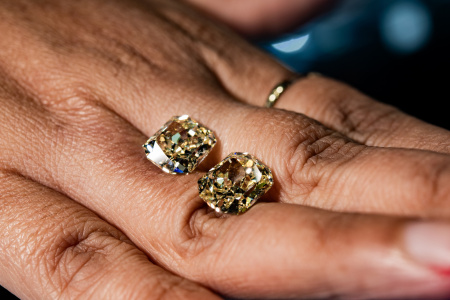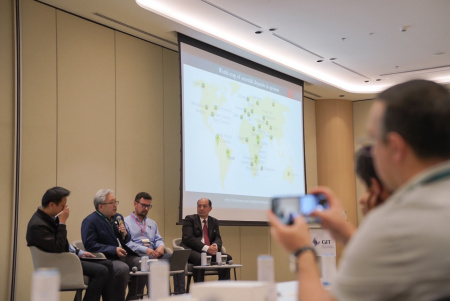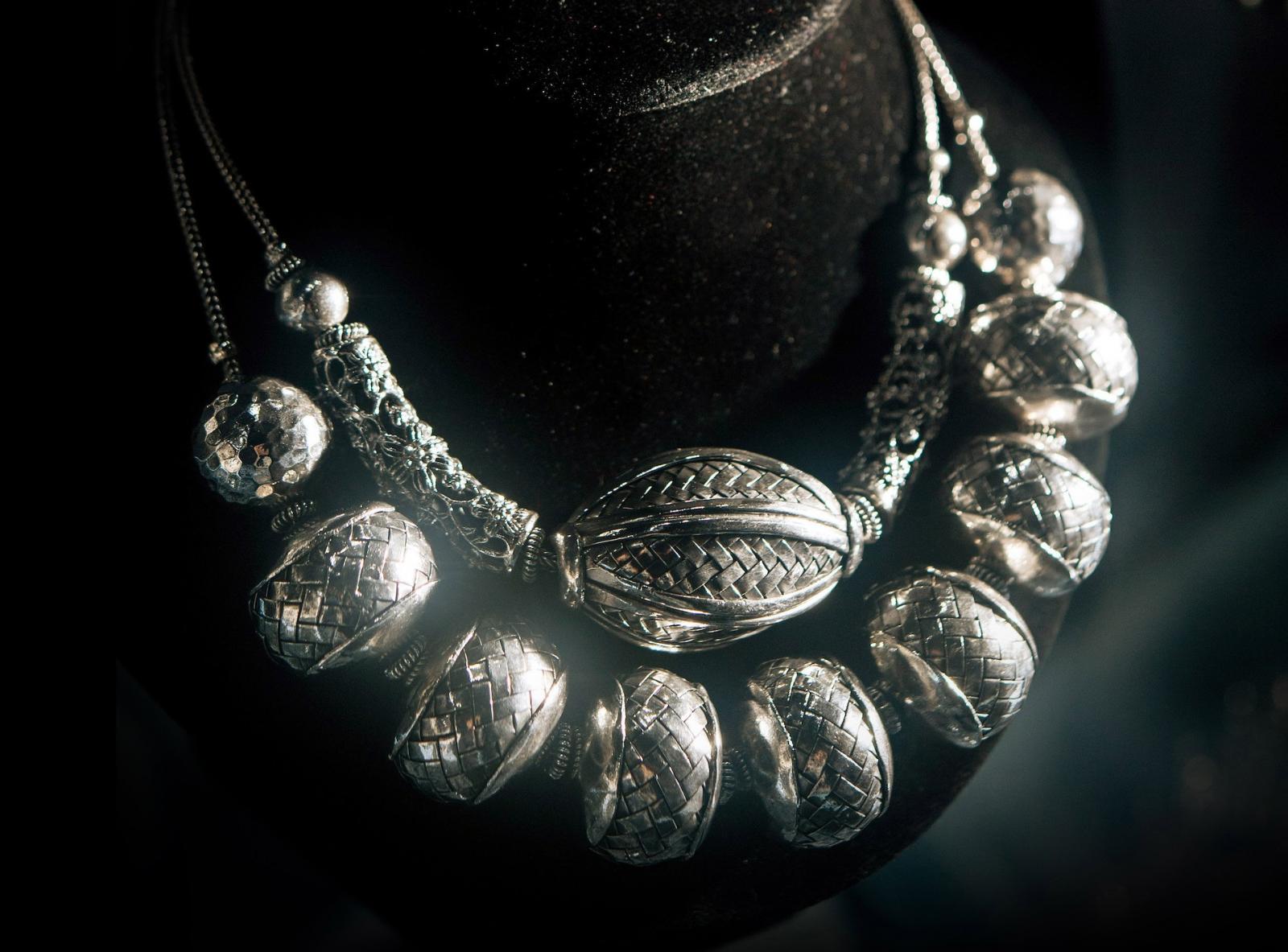
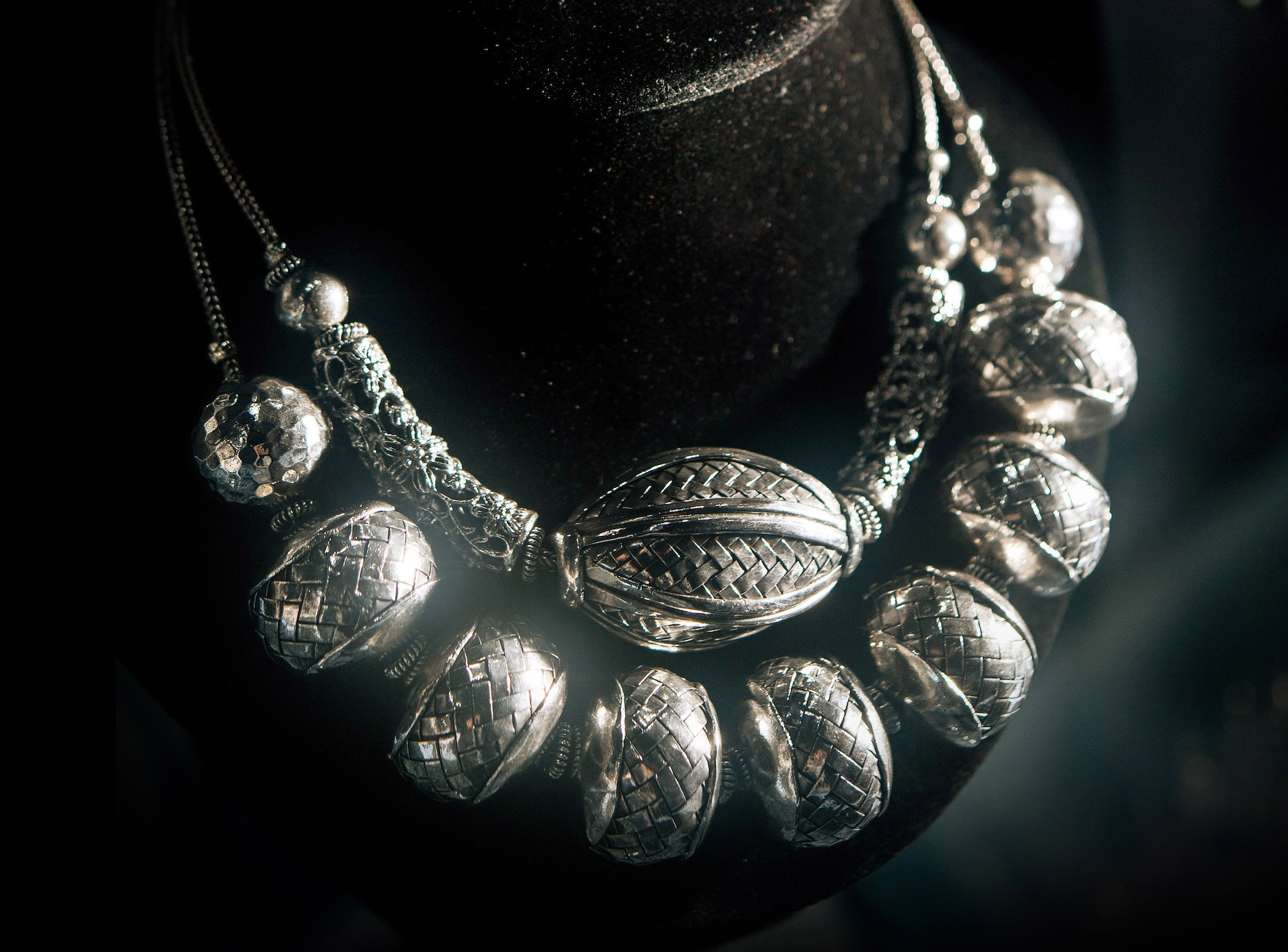
The unique design and delicate craftsmanship of Thailand's gems and jewelry are not only passed down from generation to generation but are also adapted and inherited from the country's rich culture of diversity. Apparently, the history of Thai jewelry and gems can be dated back thousands of years. There are three major categories of Thailand jewelry which include silverware, gold and gems. Each category is known for its fascinating fusion of various cultural traditions.
Silverware - The Legacy of Tribes
It has been said that Thai silverware is one of the most authentic and aesthetic beauties of hand-made jewelry. Its distinct shape and pattern are largely influenced by Hill tribes, ethnic groups that live in Thailand's northern and western regions. These tribes include the Hmong, Akha, Lahu, Lisu, Lawa, Mien and Kren tribes.
Originally, those several tribal clans use their silver jewelry as a symbol of affluence and social status. Their silversmithing ability was not recognized until 1969. At the time, former King Bhumibol Adulyadej launched the Royal Project, which aimed to replace illicit hill tribe products like opium with more commercial crops and crafts that could generate additional revenue. Silverware and silver jewelry are one of the earnings.
Among these tribal groups, Karen is the most populous and well-known for its hand-crafted silver jewelry, which includes beads, earrings, clasps, pendants, intricate armbands, and earplugs in classic designs.
In addition to Hill tribe silver jewelry, Thai silverware is influenced by the Thai-Northern ancient kingdom of Lanna, which was inherited from Burmese refugees fleeing the decline of the Pagan Empire. This eventually resulted in the development of a distinct style known as northern Thai silverware, which later gradually evolved and blended into the modern style of silverware as being seen nowadays.
According to GIT Information Center, Thailand is currently one of the world's largest silver exporter, accounting for 23% of global market share, and has been supplying silver to the world for the past 50 years. Meanwhile, Thai silver jewelry is known for its high silver content, with purity ranging from 95% to 99.9%.
As a result of this massive supply, combined with the rich cultural tradition of Thai silver jewelry makers, the country's silverware is exceptional and widely accepted.
Gold - The Luster Shining of Belief
Thai and gold metal have a long and deep relationship dating back thousands of years. The country's ancient name, Siam, means "gold" in Sanskrit, while Suvannabhumi (alias name) means "land of gold" in Indian.
As recorded in the book, gold craft arrived in Thailand via Hindu settlers from east and south India some 2000 years ago. Their techniques were absorbed by the Chao Phraya Basin's Dvaravati Mons, who greatly influenced the craft in the emerging Khmer civilization.According to Thai historical records, gold plays a significant role in Buddhist religion for Thais, who frequently use gold to create Buddha images and other worship decorations for use in religious rituals.
Meanwhile, during the ancient time of Srivijaya Empire era where goldsmiths could make gold foil to use in Buddhist ceremonies. Later during Sukhothai period (1249 – 1438), gold ornaments was restricted to the nobility. During the Ayutthaya period (1350-1767), gold was used extensively in the construction of Buddha statues, temples, and other structures. This period was known as the "Golden Age of Gold," and gold jewelry was widely used.
Despite a gap following the defeat of Ayutthaya, King Rama I revived the work of the traditional goldsmith. Since then, gold ornaments have gradually evolved as a part of Thai society, being used widely from jewelry to a valuable metal for saving.Thai traditional gold ornaments may not be as popular as those influenced by Chinese immigrant goldsmiths, which are widely available in the country's 6,000 small gold shops. According to Phuketindex.com, gold remains a significance part of Thailand's jewelry industry as one of the kingdom largest export products.
Gems - The Beauty of Plentiful Nature
Although the kingdom is a small country in the business world, it is a hidden gem when it comes to producing these gleaming objects.
Thailand has extensive mineral deposits and is well-known for its gemstones, though mining has declined in recent years. And Thai ruby is still accepted as one of the premium quality gemstones in the world.
The use of gemstones as ornaments and decorations can be traced back to the Ayutthaya period, when the rulers commissioned magnificent gold crowns, swords, and even footwear embellished with glittering stones. Jewelry has no longer been a royal preserve since the twentieth century, and as markets grew larger, more artisans entered the field. According to the Gem and Jewelry Institute of Thailand (GIT), gemstones are typically regarded as inherently valuable in their purest form and natural color. The gems, however, cannot be as gorgeous and glittering without the unique skills of craftspeople who have gained their expertise through years of experience and experimentation.
Currently, over 18,000 people work in the upstream gem and jewelry industries (mining, gem cutting, and polishing) across the country, with each region having its own specialization. The eastern province of Chanthaburi and the western province of Kanchanaburi, for example, are known for both processing colored gemstones and designing jewelry sprinkled with those gemstones, whereas the northern part of Thailand, particularly Chiang Mai, is known for a variety of silver jewelry techniques. Furthermore, the southern region of the country, including Ranong, Phangnga Phuket, and Nakhon Si Thammarat province, is most famous for pearls and niello wares.
As a result, gems and jewelry have become more than just products in Thailand; they have become a culture and a way of life. At the present time, the country is indeed improving on its strengths, which are gemstone processing skills based on research and standards, while also inheriting and passing down traditional patterns and techniques from its predecessors.
Words by Nongluck Ajanapanya
